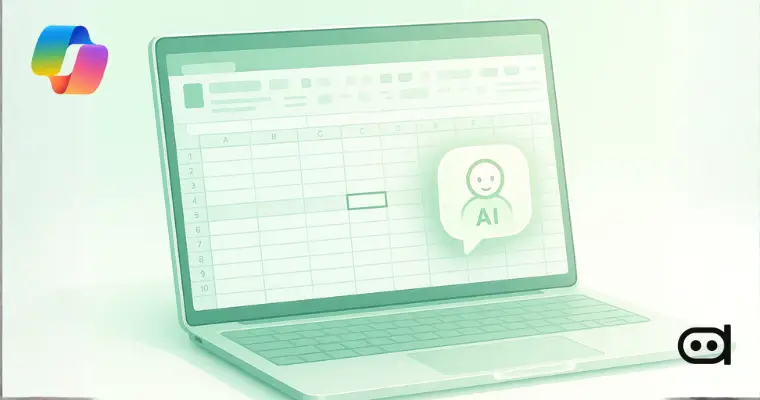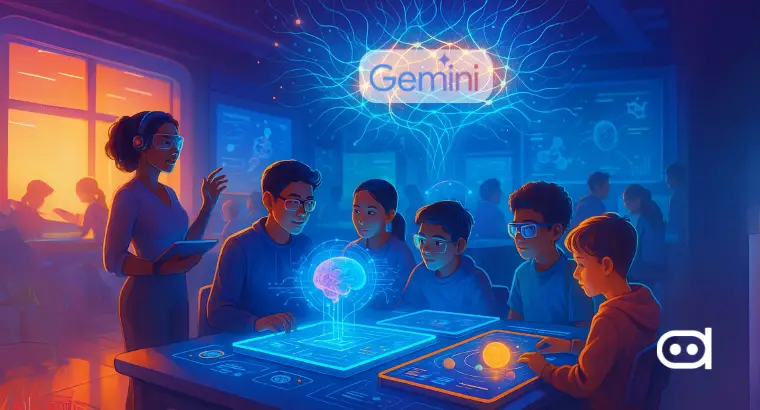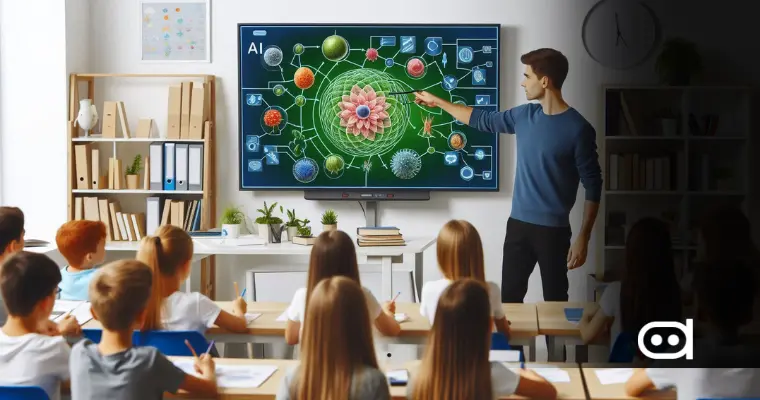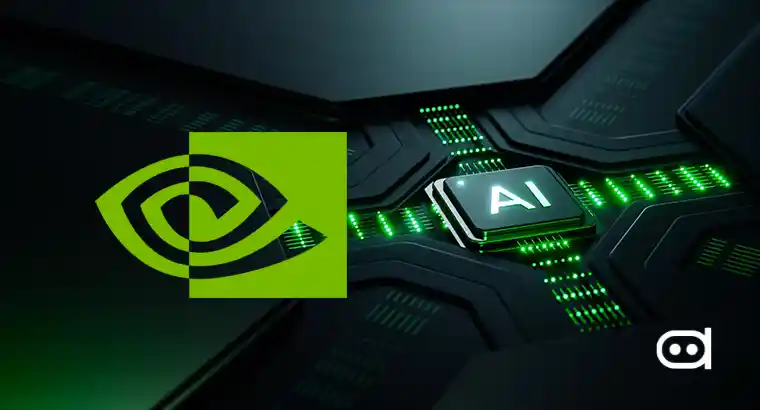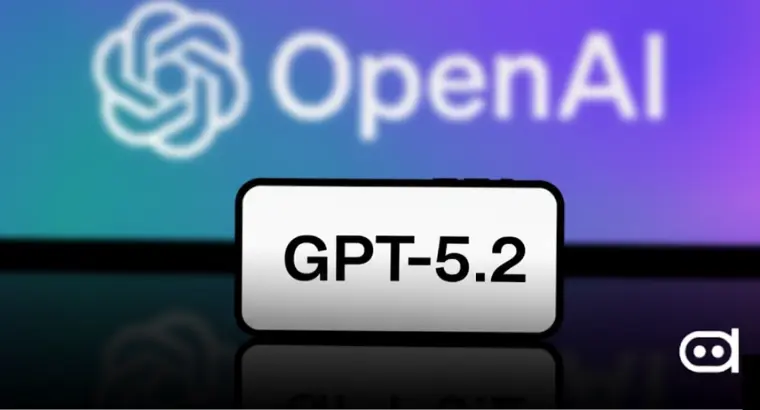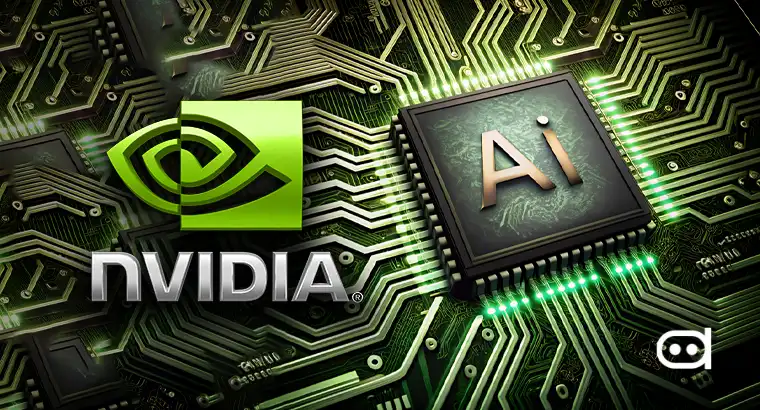
Artificial intelligence (AI) is rapidly revolutionizing education by providing customized learning experiences and automating administrative processes. The best AI detection tools can give customized feedback, respond to students’ learning styles, and are available around the clock. However, the relative ease with which AI generates words raises serious concerns about scholarship. Plagiarism and the difficulties of testing real-world student knowledge are the principal concerns. The emergence of AI content-detection tools serves as a welcome counterpoint, allowing teachers to ensure their students’ work’s accuracy and academic integrity.
AI Content Detection: What Is It?
AI content detectors are programs that are capable of telling the difference between human and artificial intelligence-generated writing. AI content detection algorithms use machine learning and NLP to identify artificially generated content. These tools scan text for signs and features of artificial writing and assign a probability score to the degree to which the AI has participated. A high score indicates the significant artificial generation of text, while a low score implies a greater likelihood of genuine human writing. The most common example is Originality.AI—checks whether the text is likely to be made by AI and gives a percentage score based on this likelihood. This ranking allows teachers and other users to verify the quality of an essay and to deal with any concerns about plagiarism. These are not all reliable, and they serve as a supplement rather than the exclusive source of judgment.
How Do AI Detectors Work?
Artificial content detectors analyze text with complex algorithms, which are based on machine learning and natural language processing. They recognize patterns and styles that AI-written texts share with human-written ones.
It includes analysis of different linguistic parameters, including sentence construction, vocabulary, and even the use of particular grammar patterns. These programs compare the text to a huge corpus of published AI texts and spot similarities or differences from known human styles.
This comparison yields a probability score, which represents the possibility that AI played a part in the writing of the text. This score allows users to identify further investigation opportunities, enabling instructors to prevent plagiarism and ensure academic quality.
Additionally, these tools can be used to pre-filter educational content for AI-based text for relevance and compliance.
Benefits of AI Content Detectors for Teachers
Some advantages of AI content detectors for teachers are as follows:
Enhancing Academic Integrity
AI detection for teachers maintains academic integrity by quickly detecting potentially plagiarized work, discouraging students from cheating by utilizing AI to do assignments, and ensuring that student learning is fairly evaluated.
Saving Time and Effort
AI recognition simplifies the work of evaluating students, giving teachers more time to teach their students individually and develop more engaging lesson plans. Automated checks take less manual labor to identify suspected plagiarism.
Providing Constructive Feedback
During AI-generated content detection, educators can use the results to give students a better idea about how they should write, research, and complete assignments for better learning outcomes.
Maintains Academic Integrity
In applying AI detection repeatedly, instructors practice academic honesty, and the school becomes a place where students learn the importance of creativity and intellectual integrity.
Develops Critical Thinking Skills
Using AI detection can also spark discussion on ethical AI use in the classroom by prompting students to consider the morality of educational technology and asking students to generate their own concepts.
Challenges and Limitations
AI content detection is useful but difficult. Current practices are insufficiently accurate, resulting in false positives and negatives that skew the evaluation. AI platforms could find it difficult to tell complex AI writing from original human material, leading to plagiarism. Additionally, biases in the AI’s training data could lead to outcomes that exclude certain student groups. However, the very real issue of AI hallucinations, also known as info-faking, complicates matters even more and necessitates that AI detection results be interpreted with caution.
How to Integrate AI Content Detectors Effectively?
Proper AI content detector integration requires careful planning and training. Teachers must choose the best AI checker for teachers based on its limitations and error rate. There should be transparency, and teachers and students should be instructed on how to use these tools to encourage open dialogue and AI ethics. Teachers should strive to use detection results as a teaching tool to foster critical thinking and creativity, rather than simply assessing the AI device itself. Teacher professional development should address best practices for implementing AI detection, including ethical considerations and how to utilize AI responsibly in the classroom.
Conclusion
AI content detectors have grown to be vital tools for academic integrity in the digital world. While these apps may not be flawless, they assist teachers in identifying assignments that may contain AI, thereby fostering a culture of academic integrity. Responsible adoption of AI detectors for teachers will promote critical thinking, creativity, and responsible use of technology. We recommend that teachers experiment with AI detection tools and weigh the benefits and drawbacks in order to improve education and provide students with a fair and accurate assessment of their learning.
